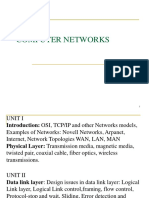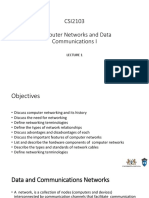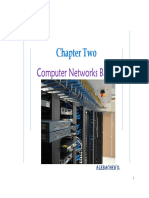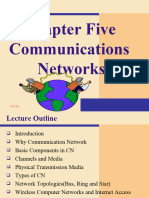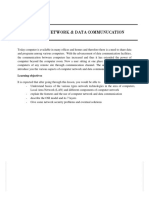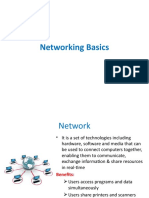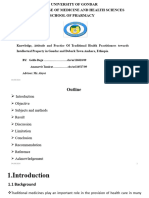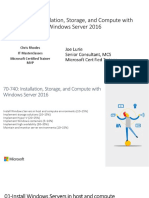0% found this document useful (0 votes)
31 views46 pagesFeleke - Data - Com - Lecture 1
This document discusses fundamentals of computer networking including defining a computer network, describing network benefits and services, identifying basic network elements, differentiating data transmission modes, and categorizing computer networks.
Uploaded by
abenezergebrekirstosCopyright
© © All Rights Reserved
We take content rights seriously. If you suspect this is your content, claim it here.
Available Formats
Download as PDF, TXT or read online on Scribd
0% found this document useful (0 votes)
31 views46 pagesFeleke - Data - Com - Lecture 1
This document discusses fundamentals of computer networking including defining a computer network, describing network benefits and services, identifying basic network elements, differentiating data transmission modes, and categorizing computer networks.
Uploaded by
abenezergebrekirstosCopyright
© © All Rights Reserved
We take content rights seriously. If you suspect this is your content, claim it here.
Available Formats
Download as PDF, TXT or read online on Scribd
/ 46










